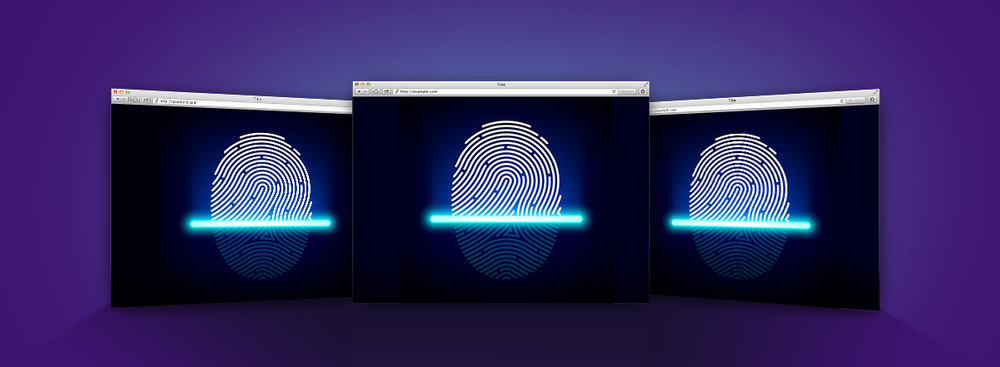What is a browser fingerprint?
A browser fingerprint or device fingerprint is a unique identifier for web browser and operating system configurations, which is based on the data collected by various tracking technologies. At the same time, it does not use traditional tracking methods, such as IP addresses and unique cookie files.
The browser fingerprint looks like a 32-bit hexadecimal number, for example, b2cf59b36581399ebf54d4ab425ac4a7, which is obtained by processing all the data received from the browser. The resulting browser fingerprint allows you to track users on the Internet with an accuracy of 94%.
What is browser fingerprint used for?
Many organizations collect and store user browser fingerprints that are entered into special databases. Such databases allow identifying the user for various needs in order to:
- Secure authentication;
- Broadcast personal advertising;
- Detect cybercriminals;
- Create an anonymous user action profile for a given site.
What is the danger of browser fingerprinting for users?
Users cannot prohibit sites from this type of data collection. Subsequently, however, the collected browser fingerprint databases can be shared with other companies, which inevitably leads to the identification of users.
What parameters are analyzed to determine the browser fingerprint?
Many websites have built-in tools for analyzing the browsers and operating systems of their visitors. Based on the collected data, a unique digital browser fingerprint is created.
Using various methods, the following parameters can be tracked:
- Browser headers (User-Agent, HTTP, ACCEPT, Do Not Track);
- Screen settings (resolutions and color depth);
- The time zone of the operating system;
- Installed browser plugins, their versions, and updates;
- Number and size of fonts (using Canvas Fingerprint and WebGL Fingerprint technologies);
- Whether or not the browser supports JavaScript and if it’s enabled;
- Information on turned off or turned on cookies and super cookies in the browser;
- The version of the operating system and the language that is used in it;
- Browser support for touch screen input.
After the analysis, all the collected data that could be obtained by the methods mentioned above are summed up, and the hash value is calculated, which is the fingerprint of the browser.
How to hide the browser fingerprint?
To change the browser fingerprint, the user will need to make changes to the settings of his/her operating system or browser. The following are some of the methods that are most often used to change the browser fingerprint:
- Changing the time zone of the device.
- Setting another language of the device’s operating system.
- Setting another browser language.
- Changing the screen resolution of the device.
- Changing the scale of the web page.
- Installing or removing browser plugins.
- Changing fonts.
- Updating video card drivers.
- Using a new profile in a browser with unique settings.













